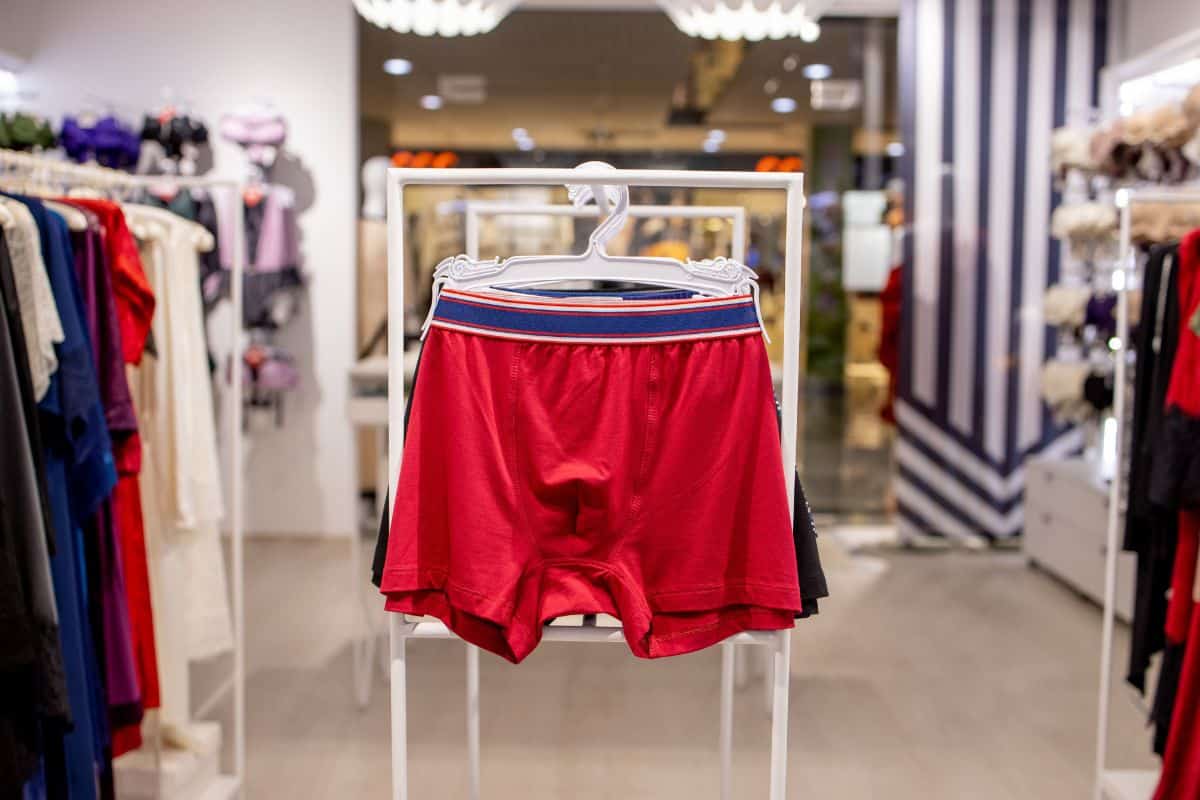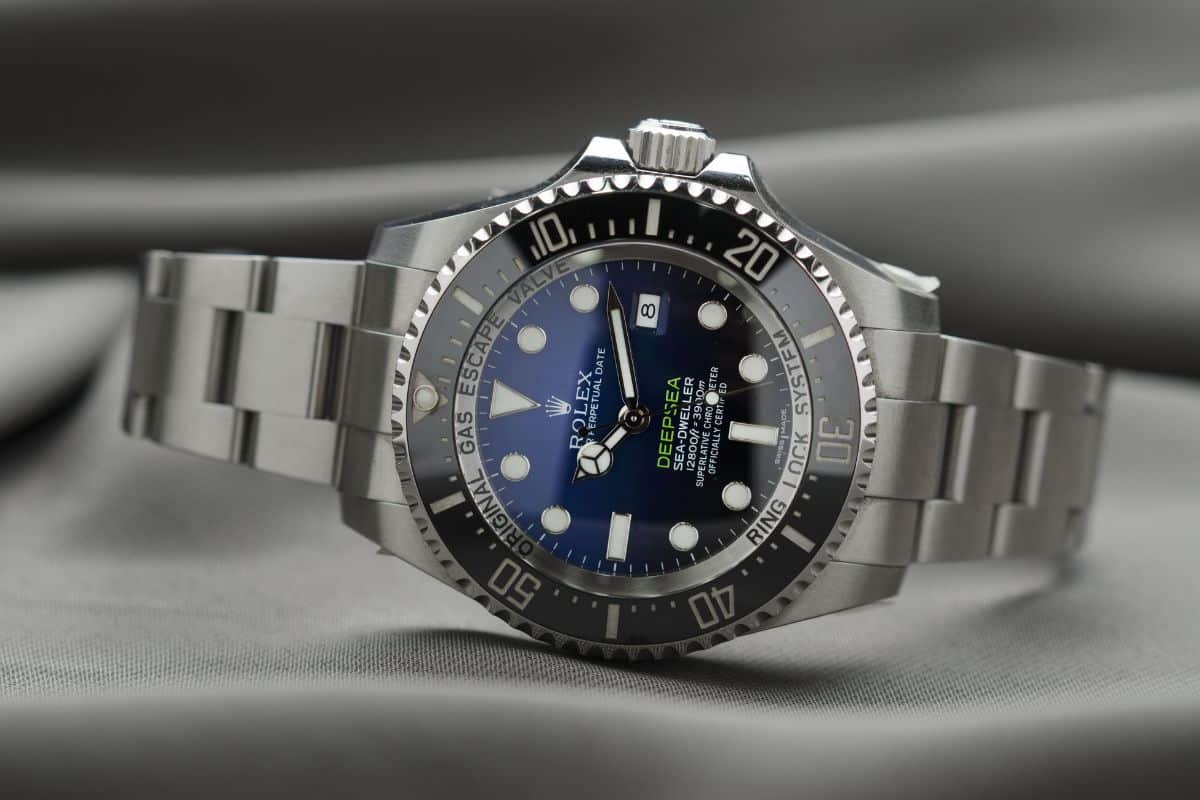The Men’s Underwear Index as an Economic Indicator
At first glance, men’s underwear might seem like an unlikely subject for serious economic discussion. However, the Men’s Underwear Index (MUI) is a fascinating economic indicator that has captured the attention of economists and analysts for decades.
In this blog post, we will explore the origins of the MUI, examine its validity as an economic indicator, delve into notable periods in history where we can observe its effects, and discuss its overall economic impact.
The Origins of the Men’s Underwear Index
The Men’s Underwear Index (MUI) has a fascinating history that dates back several decades. It is an unconventional economic indicator that has captured the interest of economists, analysts, and the general public alike.
To truly understand the origins of the Men’s Underwear Index, we must first explore the unique perspective of the man who conceived it: former Federal Reserve Chairman Alan Greenspan.
Federal Reserve Chairman Alan Greenspan and the MUI
Alan Greenspan, an American economist, served as the Chairman of the Federal Reserve from 1987 to 2006. Greenspan was known for his attention to detail and his ability to analyze various economic indicators to develop a comprehensive understanding of the economy’s overall health. His tenure at the Federal Reserve was marked by several notable economic events, including the stock market crash of 1987, the dot-com bubble, and the early stages of the housing market bubble.
During his time as the Federal Reserve Chairman, Greenspan was constantly on the lookout for reliable indicators that could provide insights into consumer behavior and the state of the economy. He believed that the sales of men’s underwear could be a valuable gauge of consumer confidence and overall economic health.
The rationale behind this was that underwear is a basic necessity, and fluctuations in sales are more likely to reflect genuine changes in consumer behavior rather than fashion trends or other external influences.
The Men’s Underwear Index’s Rise in Prominence
The Men’s Underwear Index gained prominence in the 1970s and 1980s as economists and analysts began recognizing its potential value as an economic indicator. Greenspan’s idea was that when times were good and consumers felt confident about the economy, they would be more likely to purchase new underwear. In contrast, during economic downturns, consumers might postpone buying new underwear, viewing it as a non-essential expense that could be delayed.
The concept behind the MUI is quite simple, but its implications are far-reaching. Since consumer spending accounts for a significant portion of a country’s economic output, changes in spending patterns can have ripple effects throughout the economy. Increased consumer spending can lead to higher demand for goods and services, which in turn can result in job creation and economic growth.
Over the years, the Men’s Underwear Index has garnered attention from various quarters, including mainstream media, which has further cemented its status as a unique and intriguing economic indicator. While the MUI may not be as widely recognized as more conventional economic indicators like GDP growth or inflation rates, its origins and perspective on consumer behavior and economic trends make it an important topic of discussion and analysis for those interested in understanding the complexities of the economy.
Men’s Underwear Influence on the Economy
The idea behind the Men’s Underwear Index is that it can serve as a barometer for consumer confidence and spending. When consumers feel optimistic about their financial prospects, they are more likely to purchase new underwear, resulting in increased sales. On the other hand, when consumers are uncertain about the economy or their financial future, they may cut back on non-essential purchases, including underwear.
The MUI is considered a leading economic indicator, as changes in underwear sales tend to precede shifts in the broader economy. This is because consumer spending accounts for a significant portion of a country’s economic output, and changes in spending patterns can have ripple effects throughout the economy. For example, increased consumer spending can lead to higher demand for goods and services, resulting in job creation and economic growth.
Validity of the Men’s Underwear Index
While the Men’s Underwear Index may seem like a quirky and unconventional economic indicator, it has demonstrated some validity over the years. Studies have shown that underwear sales can, in fact, reflect changes in consumer confidence and broader economic trends. During the Great Recession, men’s underwear sales experienced a notable decline, in line with the economic downturn and reduced consumer spending.
However, it’s essential to recognize that the MUI is not a foolproof indicator of economic health. While it can provide valuable insights into consumer behavior and sentiment, it is just one of many factors that economists and analysts must consider when assessing the overall state of the economy. The MUI should be used in conjunction with other indicators, such as employment data, GDP growth, and inflation rates, to provide a more comprehensive understanding of economic trends.
Historical Evidence of the Men’s Underwear Index
Over the years, the Men’s Underwear Index has proven to be a surprisingly accurate reflection of economic trends in several instances. Some notable examples include the following:
The Great Recession (2007-2009)
During the global financial crisis, men’s underwear sales dropped significantly, mirroring the widespread economic decline and reduced consumer spending. The MUI’s downturn during this period is considered one of its most accurate predictions of a major economic event.
Post-Recession Recovery (2010-2012)
As the economy slowly began to recover, men’s underwear sales gradually increased, indicating a rise in consumer confidence and spending. This trend supported the notion that the MUI could serve as an early indicator of economic recovery.
COVID-19 Pandemic (2020)
The COVID-19 pandemic profoundly impacted the global economy, causing widespread job losses and economic uncertainty. As expected, men’s underwear sales experienced a decline during this period, further demonstrating the MUI’s ability to reflect broader economic trends.
While these examples showcase the Men’s Underwear Index’s potential as an economic indicator, it’s essential to approach the MUI with a healthy dose of skepticism. No single economic indicator is infallible, and the MUI is no exception. Nevertheless, the MUI’s historical performance provides interesting insights into the relationship between consumer spending and overall economic health.
Key Takeaways
The Men’s Underwear Index, while unconventional, offers a unique perspective on consumer behavior and economic trends. Its origins, validity, and historical performance have sparked curiosity and debate among economists and analysts. While the MUI should not be relied upon as the sole indicator of economic health, it can provide valuable context when used in conjunction with other economic indicators.
Ultimately, the Men’s Underwear Index highlights the importance of examining a wide range of data points to understand the complexities of the economy better. Although the MUI may seem like a quirky and unusual metric, it serves as a reminder that sometimes, even the most mundane aspects of our lives can offer valuable insights into the bigger economic picture.
For more information on the Men’s Underwear Index or to see how a digital marketing consultant can help you reach out to me today!
Related Articles
The Secret of Rolex’s Winning Marketing Strategy
Marketing,Social Media,Email Marketing,Digital Marketing,Content Marketing
October 6, 2023
For over a century, Rolex has been renowned for its luxury watches. And its sophisticated marketing strategies have allowed the brand to remain…
0 Comments11 Minutes
In-House Marketing Vs. Agencies Vs. Freelancers
Content Marketing,Marketing,Digital Marketing,Business Management
August 6, 2023
Are you trying to decide between in-house marketing, agencies, and freelancers for your business? It's a difficult decision, as each option has…
0 Comments11 Minutes
7 Tips for Hiring the Right Digital Marketing Consultant
Email Marketing,Marketing,Social Media,Advertising,Business,Digital Marketing,Content Marketing
July 6, 2023
If you're ready to elevate your business, enlisting the help of a digital marketing consultant is an ideal way to maximize your online presence and…
0 Comments13 Minutes
Decoding the Skyscraper Index: A Unique Economic Indicator
Business Management,Business,SEO
June 16, 2023
The skyscraper index is an intriguing economic indicator. It essentially indicates a strong juxtaposition in that costly skyscrapers tend to be built…
0 Comments9 Minutes
The De Beers Diamond Hoax: Marketing Campaigns and Legacies
Content Marketing,Marketing,Branding,Business,Digital Marketing
March 17, 2023
Diamonds have long been associated with love, luxury, and commitment, especially in the form of engagement rings. But have you ever wondered how…
0 Comments8 Minutes
Burger King’s Whopper Sacrifice: Viral Marketing and Brand Success
Social Media,Business,Marketing,Branding,Content Marketing,Digital Marketing
February 17, 2023
In the world of marketing, standing out from the competition is essential for success. One way to achieve this is through viral marketing stunts,…
0 Comments8 Minutes
Manufacturer Marketing Strategies to Consider
June 21, 2019
There’s a common belief amongst manufacturers that they have no need for an online presence. Their customers are all businesses that need someone…
0 Comments8 Minutes
Why You Should Consider Running Marketing Experiments
Digital Marketing,Content Marketing
June 13, 2019
The world of business changes continually, and this means that business owners and marketers have to respond to new and emerging trends. Marketing…
0 Comments8 Minutes
10 Content Marketing Blogs You Should Check Out
Marketing,Content Marketing,Digital Marketing
June 8, 2019
Nowadays (mostly) everyone is on the internet. Obsessed with their mobile phones, laptops or tablets, users scroll through their social media apps…
0 Comments7 Minutes









